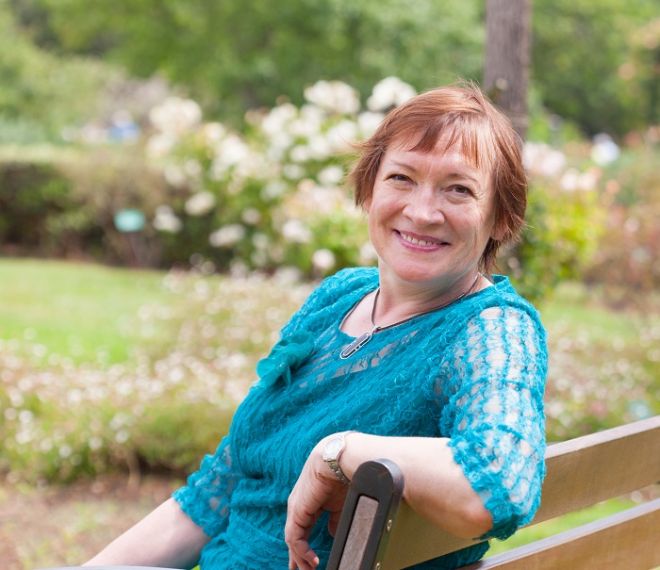Women are indeed more fragile

"Silent Death"
One of the main causes of death in old age is osteoporosis, also known as "silent death". In fact, it is not the disease itself that is fatal, but its harmful consequences, bone fractures of varying severity. The disease is characterized by low bone mass and associated fractures, most often in the forearm, vertebrae and hip bones. Common complaints among patients are back pain, muscle weakness and hunched posture.
What happens to our bones?
During osteoporosis, the bone stock gradually decreases, so the bone beams that make up the bone structure become thinner, absorbed, and broken. As a result, the bone stock is weakened to such an extent that it can break even with minimal physical impact. Even an innocent sneeze can end up with a broken rib.
Women's fate
The disease most often affects white and Asian women over the age of 50, with short, lighter bones. Around menopause, the amount of female hormones, which until then were considered the number one protection, significantly decreases, thereby accelerating bone loss exponentially.
Sad facts
- One in three women and one in five men will have a hip fracture by the age of 80.
- By the age of 50, there is a 40% chance that someone will suffer a bone fracture due to osteoporosis (this rate is even higher in women)
- The mortality rate of elderly people who have suffered a hip fracture is higher as a result of post-operative complications and accompanying diseases. Many people lose their independence after the operation, they may even need care for the rest of their lives, this can also lead to depression.
- After the first vertebral fracture, the chance of another vertebral fracture is 5-12 times higher.
- The fact of osteoporosis is well known, yet only 10% of patients are treated.
It's not just a "natural" process
Hereditary factors play a significant role in the development of osteoporosis, accounting for 70-80% of the tendency. But those prone to osteoporosis themselves can have a great influence on their own condition: lack of physical activity, smoking, excessive alcohol consumption, a diet low in calcium and vitamins, and low vitamin D intake all contribute to the worsening of the condition. Certain diseases and certain medications can also lead to osteoporosis.
Let's see a doctor!
The process is not reversible, but it is very maintainable. That is why it is important to see a doctor as early as possible, when osteoporosis is suspected. There are several reliable methods for its diagnosis. The screening is suitable for predicting the probability of bone fracture, confirming the fact of osteoporosis and monitoring the response to treatment.
Movement and vitamins
Treatment of osteoporosis begins with prevention. For the development of bones, proper movement and optimal calcium and vitamin D intake must be ensured from birth. We must not forget that our body also needs sunlight to produce vitamin D. In justified cases, drug treatment can also be used, for example with hormone replacement products.
